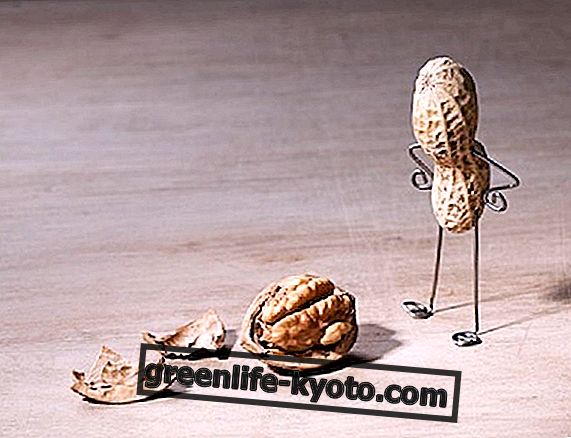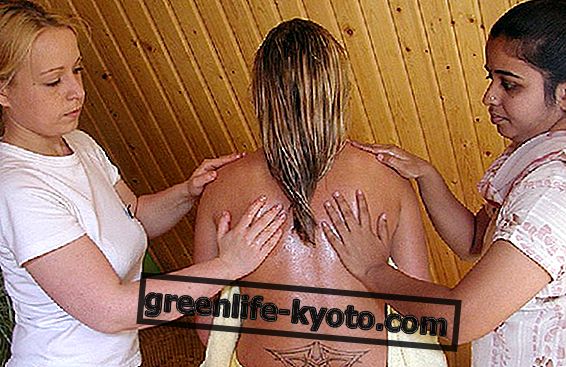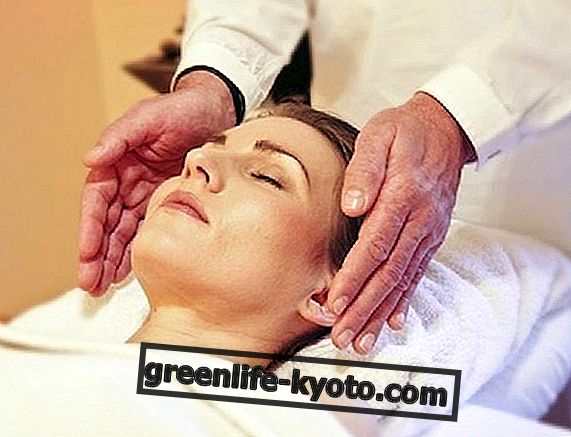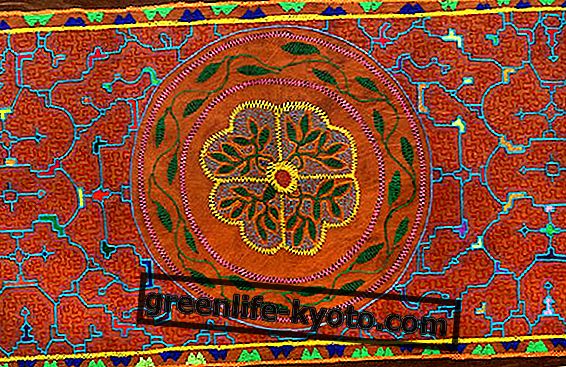
We leave Italy to arrive in Hungary, Budapest, specifically, where there are those who work with softness and openness on issues that can greatly enrich the baggage of many movement therapists or subjects working in an intercultural environment. We will fly to Hungary in July, for an intensive comparison and training workshop for adults focused on sexuality, body, gender and disability.
This is BODY, a multilateral Grundtvig project funded by the Lifelong Learning Program of the European Commission . A chance meeting that the images of the hands had already evoked (the images of the project site evoke touch - there are also feet - and the same we try to do by transmitting the idea of a health that passes through your own hands ). In our articles we always try to give you interesting tips on how to perfect the body, feel good in practice or in training, how to expand the awareness of the "skin that lives" (if Almodovar allows us theft) through gymnastic exercises or explorations of spiritual orientations to broaden the consciousness and bring it deeper.
The value that this attempt takes is in our attempt to provide you with information on the umpteenth technique that perhaps comes from the United States and unites other ancient ones in a result that seems appealing, as much as to signal valid disciplines or therapies of the movement, so that you can marry that which is part of the necessity of the path of life. Without going overseas, in this article we stay in Europe to see how an integration that "is spoken" most often only in monetary and political terms evolves. But what about bodies that are inside the borders or what we mean as such? We'll tell you, but in the meantime, let's anticipate something.
The body and the limits
I move as a woman, a female gender. Or as a man, male. I move as a disabled person. I move having moved from my native land. And above all, once you've explored all this, I move because I have a movement in me that allows the movement itself: the breath.
But before moving on to what unites, it is better not to overlook what it divides, especially if the separation can manifest itself in a tacit and painful manner, including forms of partial or total exclusion. In Europe there are 69.5 million migrants, a great variety of ethnic / national minorities (Sámi, Rom etc.), there are other factors that add to the diversity: age, sexual orientation, gender, particular needs linked to specific conditions of health, disability. And these factors should not constitute participatory obstacles, yet.
BODY, the project
It is precisely in this sense that the BODY project works, which saw the light thanks to the simultaneous union of more forces, hands and voices. The partners of the project are:
- Elan Interculturel;
- MHT Consult;
- KVG Katholieke Vereniging Gehandicapten Vormingsbeweging vzw;
- Ars Erotica Foundation;
- CESIE - Center for European Studies and Initiatives.
The project has lasted a total of two years and on 12-13 September 2013 will take place the final conference of the works in Bruges, Belgium. Projects like this are valuable for trainers involved in adult education, teachers, trainers of body-related activities (dance therapy, martial arts, fitness, yoga, etc.), social workers, health workers who perform polite activities, adult education students. We will keep you informed on the results, on the exchange that will be created, describing the interactive sessions of the workshop, the practices brought by the participants, the lessons we will learn from them. Meanwhile, we are happy that our candidacy has been accepted and we are excited about the idea that in Europe we work in the direction of the body as a useful and sacred place, to be discovered, through methodologies also to be evaluated, approached, corroborated in the field.











